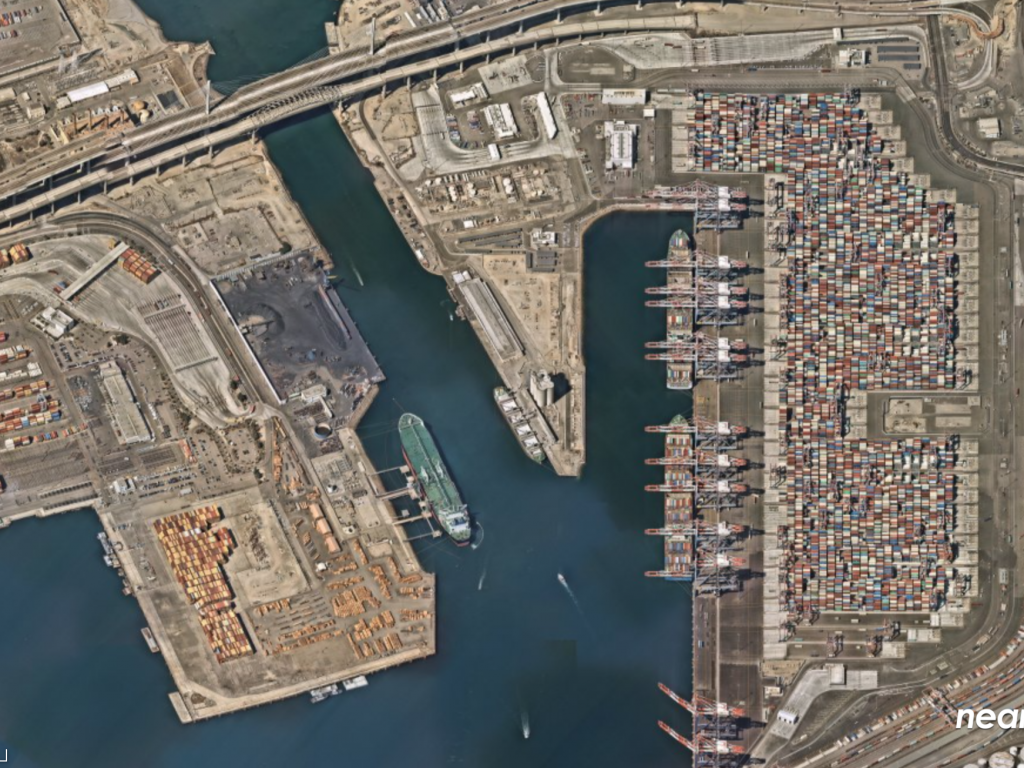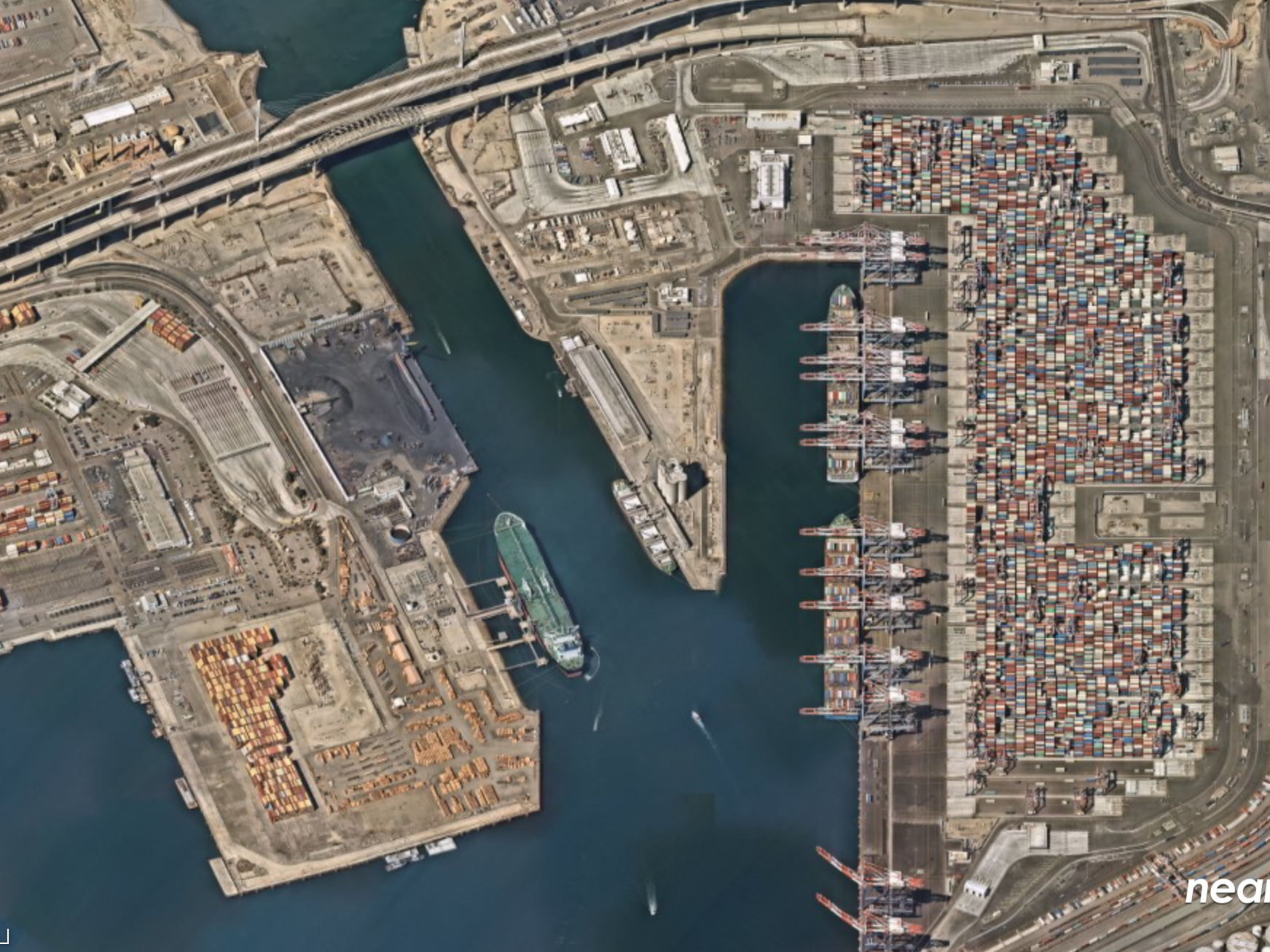
- Nearmap captured aerial footage of the nation's largest ports.
- The pictures show how the ports unload and organize hundreds of thousands of shipping containers.
- On Wednesday, the ports broke another record as 179 ships were recorded at the locations.
Aerial footage of the largest ports in the US highlights the enormity of the traffic jam off the coast of California.
The backlogs at the twin ports in Los Angeles and Long Beach have quickly become a symbol of the supply-chain chaos that has spawned shortages and price hikes. In a flight over the ports on September 11, aerial imagery company Nearmap took several snapshots of the major port bottlenecks. At the time, over 140 ships were at the ports, 86 of which were waiting off the coast to dock.
Since, the ports have added over 30 more ships to their backlog. On Wednesday, the port broke several new records as 179 ships were recorded at the location, 114 of which were waiting to dock. Before the pandemic started, the ports hadn't seen a backlog greater than 17 ships.
A birds-eye view of the ships waiting at the Port of Long Beach captures the magnitude of the situation. The ships look like specs from thousands of feet above, but in reality they are some of the largest vessels the world has ever seen, turning the coast into a type of parking lot for freighters that can be worth over $100 million and weigh over 200,000 tons.
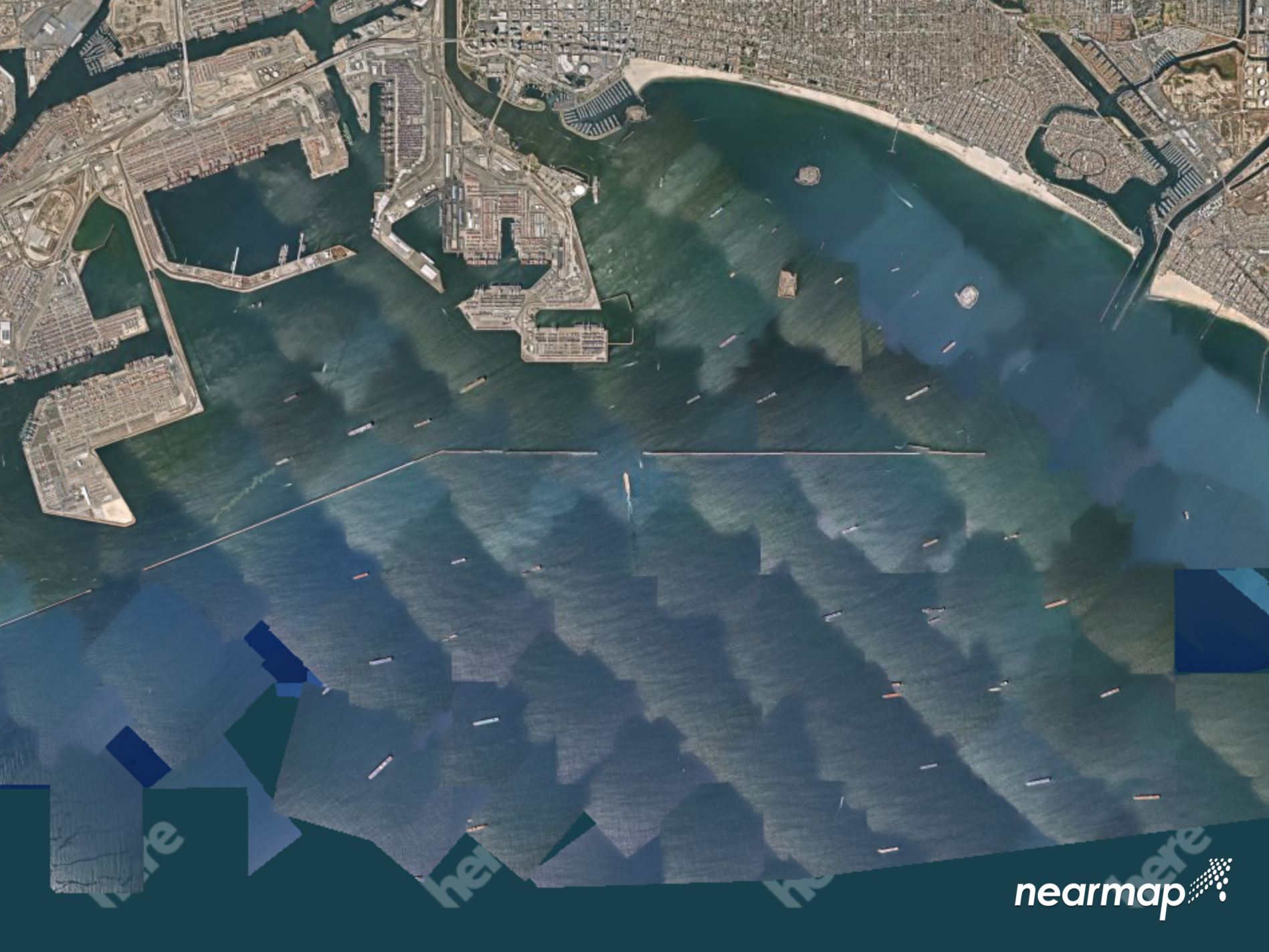
Some of the ships have been waiting to dock in the port since the beginning of September. Even after a ship docks it takes several days to unload thousands of 20-foot to 45-foot containers from the ships.
Longshoremen work in crane gangs, or groups of about four to five people, to discharge the containers as quickly as possible. Crane operators carefully lift the heavy container from the ship and deposit them on land — these workers move dozens of containers an hour.
Each colored rectangle on the image below represents a different shipping container — showing just how massive these vessels can be. Four cranes, each three-stories high, loom over the ship fast at work.
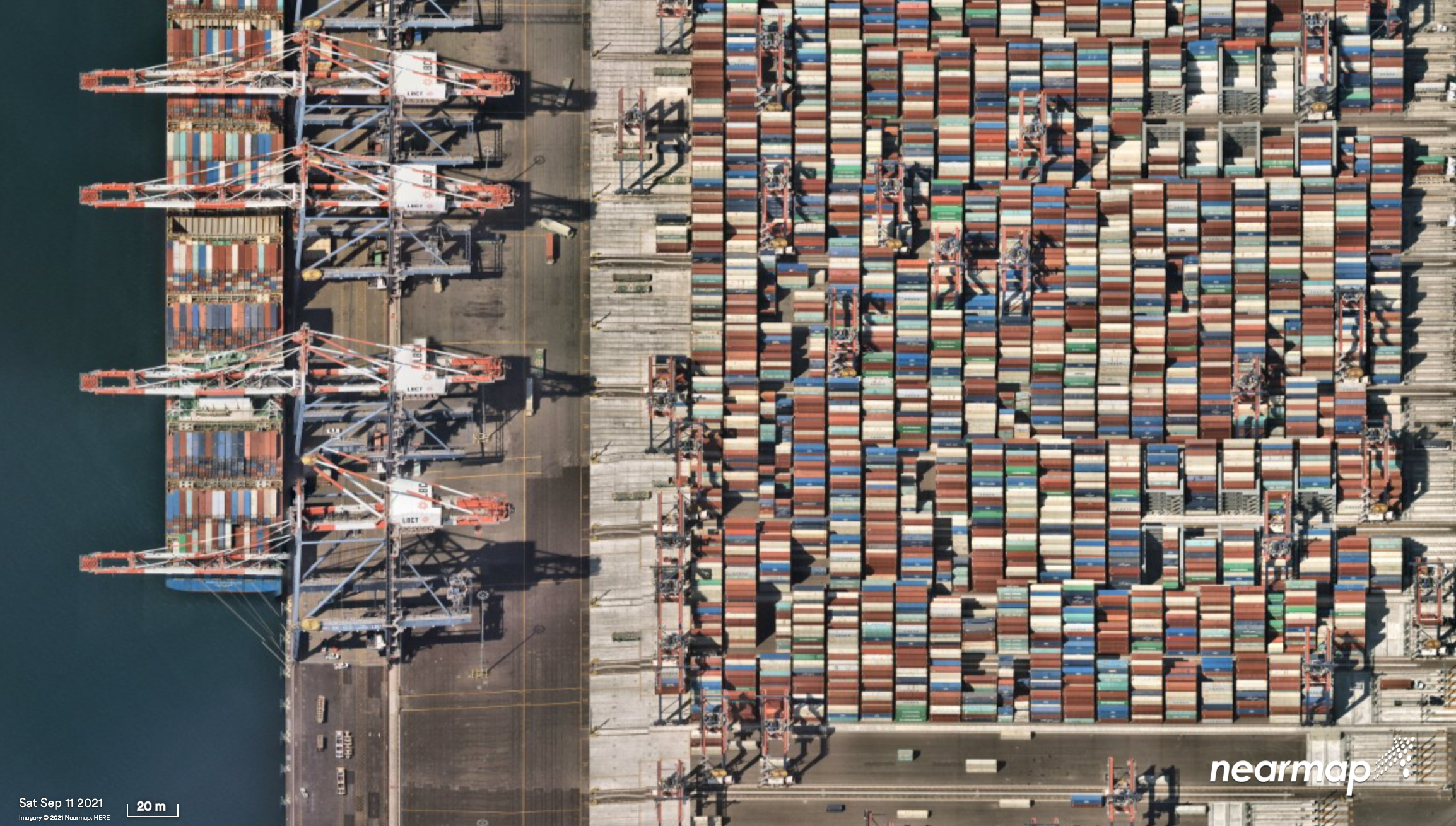
Zoomed-out footage of the docks shows how the containers are carefully organized by destination after they are pulled off the ships.

As more ships enter the port, the backlog has also created a series of traffic jams on land.
A glut of containers have made it difficult for the ports to keep the cargo organized. Last month, the locations announced they would begin fining shippers $100 per day for leaving their cargo in the port terminals for over six to 9 days as nearly 60,000 containers lingered at the port for weeks.
It has also become more difficult to pick up the containers. Insider previously reported that some truckers have waited outside the port for up to 8 hours.
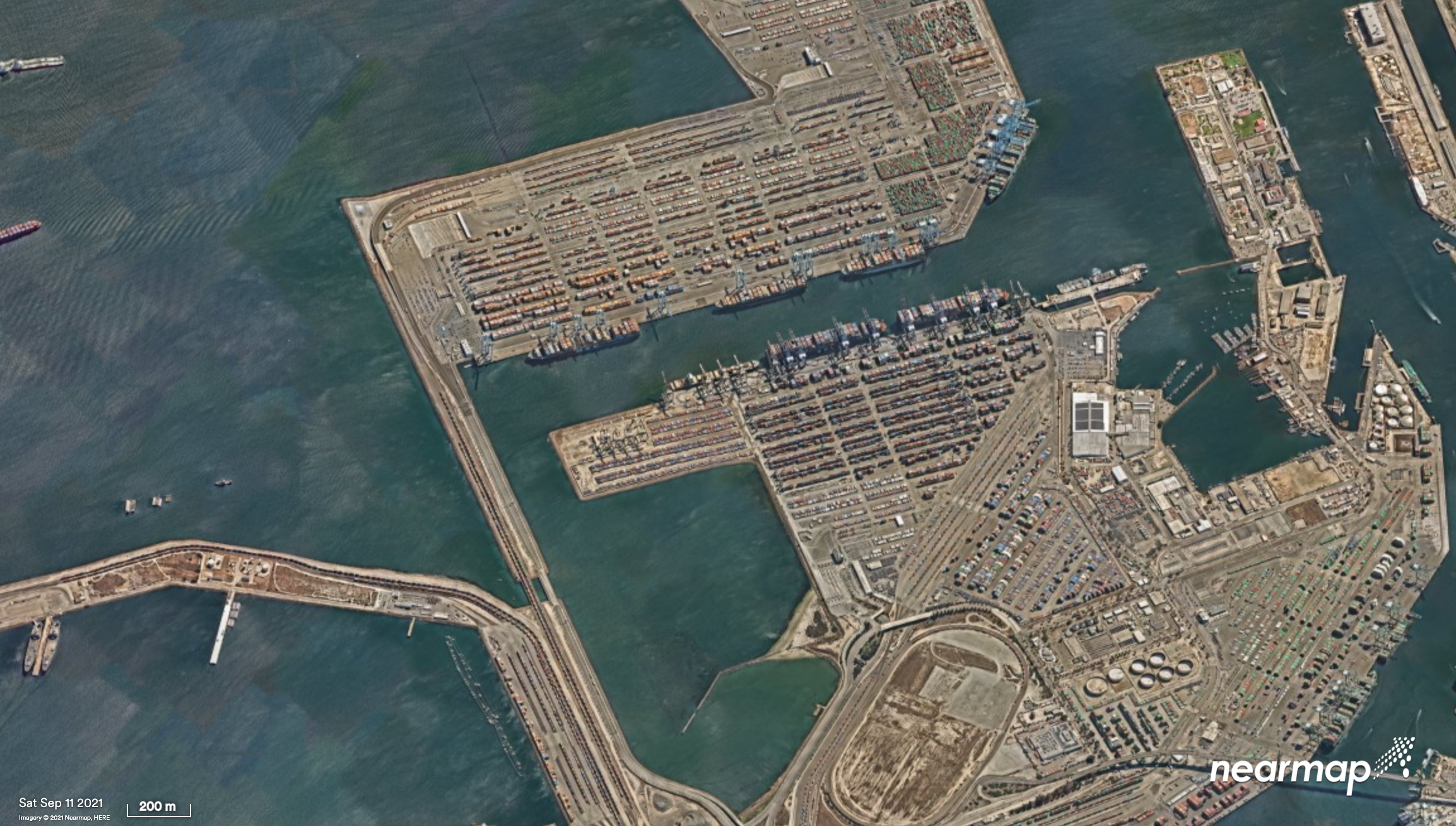
Industry executives have warned that there is no end in sight for the shipping crisis, as consumer demand surges at the same time that trucking companies and warehouses struggle to find workers.
Dock workers previously told Insider that even as the ports operate at break-neck speed, it's not sustainable.
"It's a fine orchestra," said a crane operator who worked at the Port of Los Angeles for over 40 years. "From the cranes you can see how everything has to move perfectly for things to get done. There's no room for human error, a malfunctioning machine, or a scheduling error. If just one person isn't where they're supposed to be, it wreaks havoc on the entire area."

